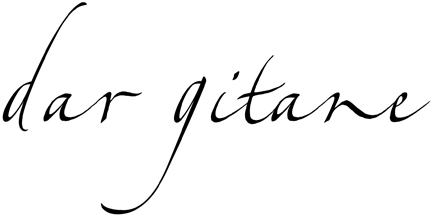binchotan charcoal
 bincho-tan or white charcoal, also known as bincho-zumi, is a traditional charcoal of japan. it dates back to the edo period, when a craftsman named bitchu-ya chozaemon began to produce it in tanabe, wakayama. the raw material is oak, called ubame oak (quercus phillyraeoides).
bincho-tan or white charcoal, also known as bincho-zumi, is a traditional charcoal of japan. it dates back to the edo period, when a craftsman named bitchu-ya chozaemon began to produce it in tanabe, wakayama. the raw material is oak, called ubame oak (quercus phillyraeoides).
making
binchotan is made by carbonizing oak wood at a moderately low temperature. near the end of the process, the kiln temperature is raised to approximately 1000° celsius, making the wood red hot. at their deep red stage, the embers must be quickly removed and smothered in powder to cool. the powder is a mixture of sand, earth, and ash, which results in a whitish color on the surface of the charcoal, hence the name white charcoal. the quick rise in temperature, followed by quick cooling, burns up the outer layer of the wood, leaving a smooth, hardened surface.
characteristics
binchotan is almost as hard as steel, with a smooth surface when cut. when two pieces strike, a clear, metallic sound is emitted. binchotan is an excellent electrical conductor. it contains a variety of minerals that were absorbed during its life as tree. all trees have a porous structure, which is needed to absorb nutrients from soil. in just one cubic centimetre, binchotan contains billions of pores, for a total area that could cover a tennis court.
benefits
binchotan has many benefits. its branches can be used to filter tap water. binchotan has an alkaline effect, softening and improving the overall taste of water. it also has the ability to warm the body and help improve blood circulation, skin, and hair when added to the bath.
binchotan absorbs moisture from humid air and then releases it when conditions become drier. it absorbs unpleasant odors, so it can be used in bathrooms, refrigerators and shoe racks.
purifier
perhaps its greatest gift is to absorb harmful substances from various environments. within its pores and cavities dwell countless microorganisms - inoffensive to humans - that can decompose and destroy any toxic elements.
when dropped in water, binchotan can purify it - from chlorine and trihalomethane, for example - while releasing good minerals like calcium, iron, magnesium and others. water is purified and enriched at the same time.
blood circulation
infrared rays are similar to electromagnetic waves and can be absorbed by the human body in a range of a wave length between 4 and 50 microns. binchotan releases infrared rays between 4 and 14 microns, hence the body can completely benefit from the absorption. when the human body is exposed to infrared rays, it warms up as under the rays of the sun and blood circulation is considerably improved.
fuel for great cooking
binchotan cooks food thoroughly while retaining a delicious tenderness. the best barbecue restaurants in japan typically utilize binchotan charcoal for the best results.
binchotan emits negative ions while purifying and balancing the moisture content in the air. recent research shows that electromagnetic emissions from appliances like computers and mobile phones can harm the human body. charcoal burned at high temperatures (1000° celsius) - such as binchotan - has the ability to absorb electromagnetic waves.
flowerbeds + fields
ashes or small crushed pieces of binchotan placed in flowerbeds and fields cause air to flow into the ground, making micro-organisms more active. as a result, the soil is enriched and crops and flowers will grow better and fuller.
since it absorbs ethylene gas and ammonia, it also helps to maintain freshness in vegetables and fruits, and by absorbing heat and humidity, binchotan repels termites from wooden basements.
see our vast selection of binchotan products
« Previous: gourds + bombilla for yerba mate | Back to learning tableau articles | Next: la chamba cookware »


